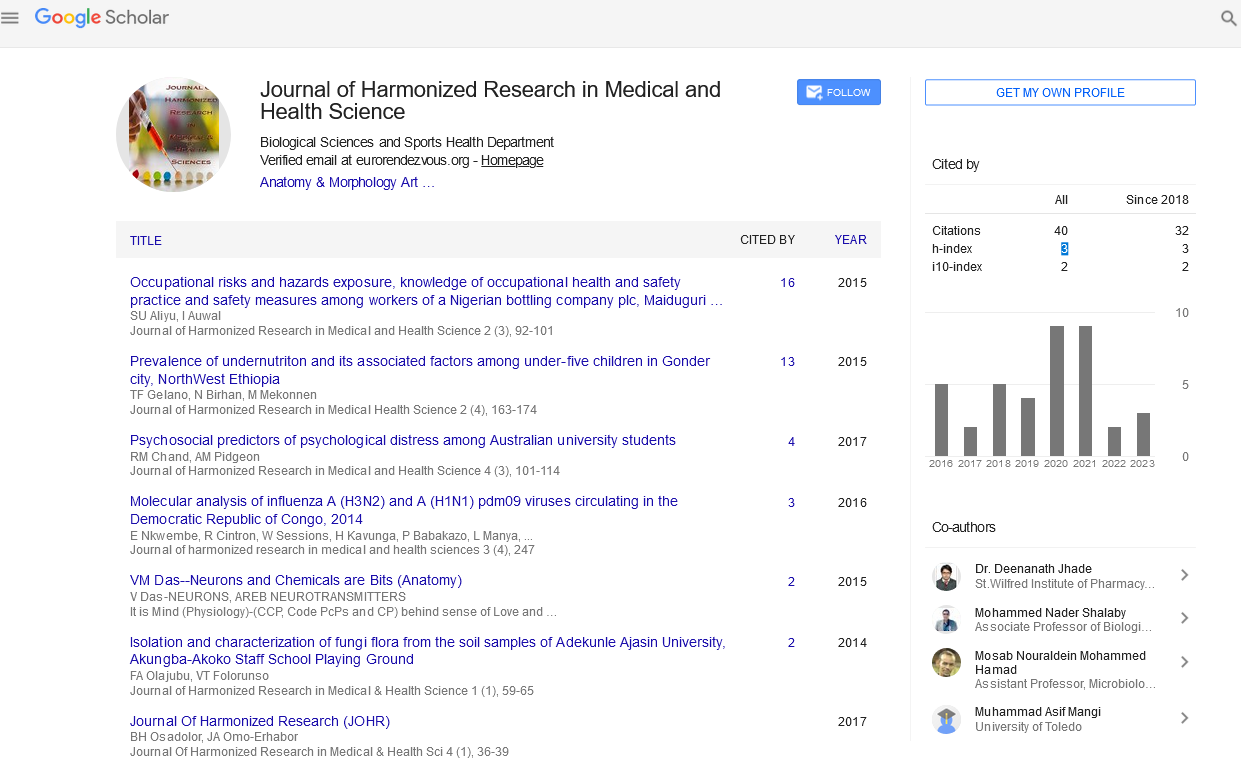CONTRAST MEDIA USED IN COMPUTED TOMOGRAPHY
Abstract
Author(s): Pankaj Yadav, Ashok Yadav, Prathibha Yadav, Akash Yadav.
Contrast media (CM) are used in imaging techniques to enhance the differences between body tissues on images. The ideal contrast medium should attain a very high concentration in the tissues without p roducing any adverse effects. Unfortunately, this has not been possible so far and all CM have adverse effects. The increasing use of CM is likely to give rise to a wide range of pitfalls, including compliance with and appropriateness of indications for the use of CM themselves, the choice of the ‘best’ contrast agent, off-label use, evaluation of special populations of patients. Even more prominently it is the issue of informed consent which brings with it a duty to inform patients awaiting the administration of CM with regard to the nature of the procedure, the existence of alternative procedures, the extent of the risks relating to the use of CM and, finally, the risks relating to refusal of the procedure. All these issues may give rise to concerns about liability for failure to offer adequate information to patients or to carefully evaluate and balance the potential risks and benefits of the procedure or, finally, for being unprepared in the event of adverse reactions to CM, especially when these are severe and life-threatening. Educational and training programmes for radiologists are likely to shape change in the medical liability environment in the coming years. Keywords: Contrast media (CM), Computed Tomography, Radiocontrast Agents, Magnetic










